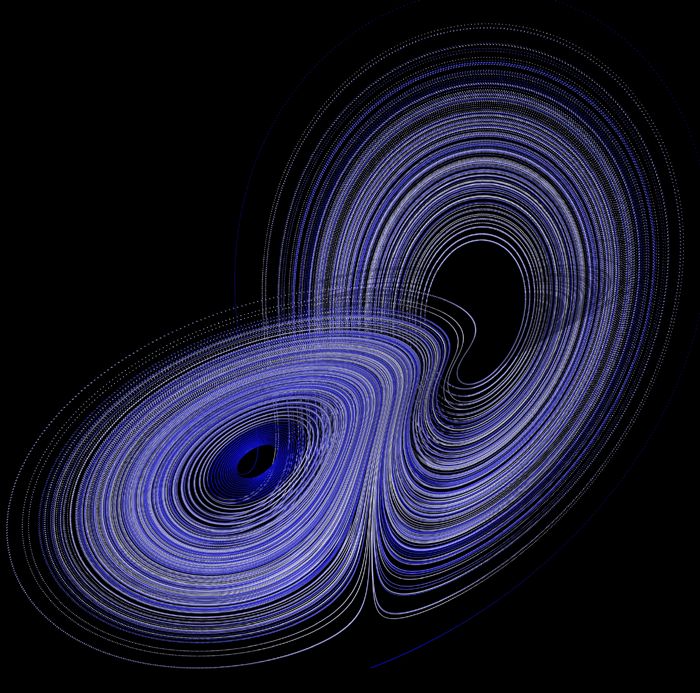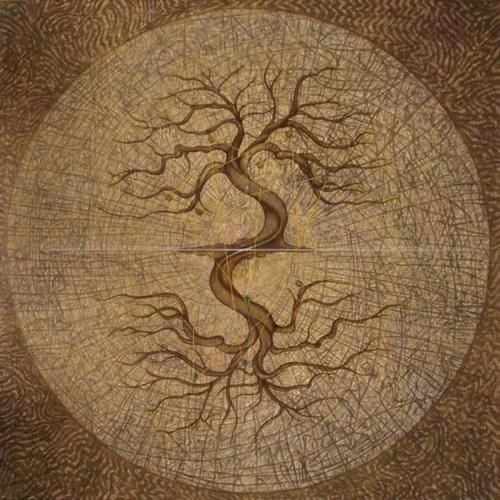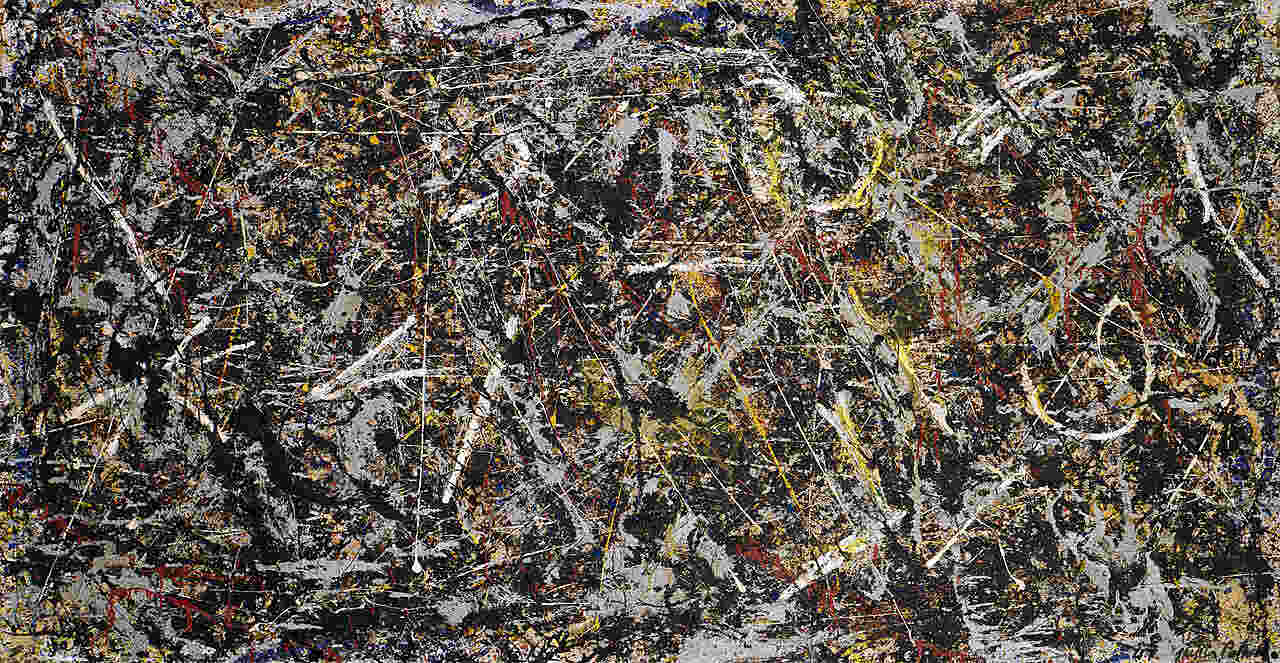The ripple Symbol carries profound meaning, resonating across cultures and throughout time as a representation of interconnectedness, change, and the far-reaching consequences of even the smallest actions. From its ancient origins in nature-based symbolism to its modern-day presence in literature, jewelry, and philosophy, the ripple embodies the subtle yet powerful flow of energy that shapes our lives and the world around us. As water ripples outward from a single drop, so too do our choices and movements, creating waves of influence that extend far beyond what we can see. This text explores the ripple symbol’s origins, its cultural significance, and its enduring presence as a reminder of the delicate, ever-evolving web of life.
Amuletha™ Book of Symbols
Ripple Symbol
*Boating on the Yerres is a 1877 painting by French impressionist and realist painter Gustave Caillebotte
Caillebotte, an avid sailor, frequently painted boating scenes, drawing inspiration from his time spent at his family's estate by the Yerres River. His approach differed from many of his fellow Impressionists, as he preferred meticulous detail over broad strokes, adding a sense of stillness and introspection to the composition. This painting is part of a series that captures the peaceful outdoor activities of the era, blending man and nature harmoniously.

*Boating on the Yerres is a 1877 painting by French impressionist and realist painter Gustave Caillebotte
Caillebotte, an avid sailor, frequently painted boating scenes, drawing inspiration from his time spent at his family's estate by the Yerres River. His approach differed from many of his fellow Impressionists, as he preferred meticulous detail over broad strokes, adding a sense of stillness and introspection to the composition. This painting is part of a series that captures the peaceful outdoor activities of the era, blending man and nature harmoniously.
RIPPLE SYMBOL ORIGIN
The ripple symbol has its roots in ancient nature-based symbolism, where it was used to represent the movement and effects caused by water, one of the most fundamental elements in human life. The ripple’s origin as a symbol can be traced back to early civilizations, where bodies of water were revered for their life-sustaining and spiritual properties. In many ancient cultures, ripples formed in water were seen as a metaphor for the interconnectedness of life and the cause-and-effect relationships that ripple outwards from a single action.
In ancient Chinese philosophy, the concept of ripples aligns with the idea of qi, the life force that flows through everything. The ripple effect mirrors how energy or intent spreads and impacts everything it touches, much like a stone dropped into a pond. In Hinduism and Buddhism, the ripple is often seen in meditation practices, symbolizing inner peace and the mind’s ability to influence the external world. As the ripple expands, it represents spiritual growth and the spreading influence of one’s thoughts and actions, echoing the notion of karma.
The ripple also holds significance in ancient Greek mythology, where water and the ripple effect were associated with divine power and change. Poseidon, the god of the sea, was believed to control the ripples of the ocean, representing both tranquility and chaos, depending on his mood. Over time, ripples have become a universal symbol for the unseen but far-reaching consequences of individual actions, embodying the interconnectedness of human experience and the constant flow of change.
Today, the ripple remains a potent symbol in modern culture, representing the ongoing impact of events, ideas, or emotions that extend beyond their initial occurrence. Its cyclical nature continues to be a metaphor for how everything in life is connected, with one small action capable of creating far-reaching effects.
What does RIPPLE symbolize
The ripple symbol holds deep significance across various cultures and eras. Here are four of the most recognized interpretations of the meanings it illustrates:
The Ripple Effect
Emphasizing that a single action can have a far-reaching impact, ripples highlight the importance of conscious decision-making. Every action contributes to a larger narrative, influencing the surroundings in ways that are often unseen but deeply significant.
Constant Change
Ripples embody the continuous flow of life, embracing both the known and the unexpected, and representing the natural progression and evolution of all things.
Interconnectedness
Ripples symbolize the interconnected nature of our lives, suggesting that each person's actions are part of a larger web of influence, affecting the collective experience and outcomes.
Natural Rhythms
The cyclical motion of ripples mirrors the ebb and flow of life's challenges and joys, reminding us of the balance and harmony inherent in the universe.
Cultural mention
The Ripple symbol has profound significance across various fields and cultures, from ancient spiritual beliefs to modern scientific theories. It captures the essence of interconnectedness, showing how small actions or events can have far-reaching consequences. Whether in the Butterfly Effect of Chaos Theory, the Hindu concept of Karma, or the chaotic energy captured in Jackson Pollock’s art, ripples demonstrate the intricate web of cause and effect. In this section, we’ll explore how the Ripple symbol has been interpreted in diverse cultural and intellectual contexts, each revealing a different facet of its power.
The Butterfly Effect in Chaos Theory
The Ripple symbol is central to Chaos Theory, particularly the Butterfly Effect, which suggests that small actions can lead to significant consequences. The theory posits that something as minor as a butterfly flapping its wings in one location could eventually set off a chain reaction resulting in a distant hurricane. This metaphor illustrates the ripple effect: even seemingly insignificant actions can cause large-scale impacts. The Ripple here symbolizes the interconnectedness of events, showing how small influences can shape complex systems and outcomes.
*Butterfly effect as seen in the Lorenz system

*Butterfly effect as seen in the Lorenz system
The Hindu Concept of Karma
In Hinduism, the Ripple symbolizes Karma, the law of cause and effect. Like ripples in water, every action creates waves that affect not only the individual but the wider world. These ripples represent both immediate and long-term consequences, as good or bad deeds can influence future outcomes, even across lifetimes. The Ripple reflects how actions reverberate through existence, emphasizing the importance of moral behavior and spiritual responsibility.
*Depiction of the law of cause and effect

*Depiction of the law of cause and effect
Jackson Pollock's Drip Paintings and Chaotic Energy
Jackson Pollock's drip paintings capture the chaotic essence of the ripple effect by illustrating the spread of energy and motion on the canvas. His technique of dripping and splattering paint creates patterns that resemble the concentric circles formed by ripples in water. Each drip, representing a spontaneous action, influences the subsequent marks on the canvas, demonstrating how one movement leads to another in an interconnected dance. The ripple effect here symbolizes the unpredictability of cause and effect, portraying the complexity of human experiences and emotions.
*Alchemy by Jackson Pollock, 1947

*Alchemy by Jackson Pollock, 1947
Ripple symbol in the world of jewelry
The Ripple symbol in jewelry is often worn by individuals who appreciate the idea of interconnectedness and the far-reaching impact of actions. It appeals to those who embrace personal growth, mindfulness, and balance in life. The Ripple also resonates with those who appreciate nature’s beauty and flow, embodying calmness and a harmonious approach to life. Wearing a Ripple symbol signifies a deep understanding of how one’s actions affect the world, reflecting a mindset of conscious living.Gifting jewelry with the Ripple symbol represents the idea of shared influence and connection. It can symbolize a bond between two people, acknowledging that their relationship has a positive impact on one another's lives. The Ripple also signifies the wish for the recipient’s actions to create waves of positive change in the world. As a gift, it serves as a reminder that even small gestures can lead to significant outcomes, making it an ideal present for someone embarking on a new journey or seeking personal growth.
What does a ripple symbolize in literature?
In literature, the Ripple symbol is often used to represent the interconnectedness of events and the far-reaching consequences of individual actions. Writers employ this symbol to illustrate how small actions, decisions, or changes can cause larger effects, much like a ripple expanding across water. The Ripple is frequently found in works that explore themes of fate, morality, and personal impact.
“A Sound of Thunder” by Ray Bradbury
In Ray Bradbury's short story A Sound of Thunder, the Ripple effect is central to the plot. A seemingly insignificant action—stepping on a butterfly during a time-traveling safari—creates a ripple that alters the entire future. The story demonstrates the delicate interconnectedness of events and how small changes in the past can have profound effects on the present and future, symbolizing the fragile balance of time and causality.
Illustration by Franz Altschuler

"The Road Not Taken" by Robert Frost
Two roads diverged in a wood, and I—
I took the one less traveled by,
And that has made all the difference.
These lines symbolize the impact of choosing a path less taken, suggesting how a single choice can set off a chain of events that shape one's future.
"The Lake Isle of Innisfree" by W.B. Yeats
I hear lake water lapping with low sounds by the shore;
While I stand on the roadway, or on the pavements grey,
I hear it in the deep heart’s core.
Yeats uses the ripple of water as a symbol of peace and the deep connection between nature and the self. The rippling water reflects the inner emotional life of the speaker, signifying the calming and grounding effects of nature on the soul.
"The Ripple" by Walter Savage Landor
I saw a ripple on a stream
And in its widening circles trace
The constant motion of a dream
Ever flowing through time and space.
Landor’s poem directly references the ripple as a symbol of time’s passage and the endless impact of thoughts and actions, flowing outward into the world and shaping reality.
Thoughts
Thoughts placed alongside a symbol resonate with its meaning, serving as a guide to expand your understanding of the symbol's significance in relation to your personal experiences. AMULETHA™ also embraces this approach, invites a deeper contemplation of how symbolic meanings can reflect and enrich your life’s narrative, enhancing your appreciation of both the symbol and its broader implications.
Waves of Fate - A single action unfolds into infinity, shaping the unseen forces of existence and weaving its echoes into the tapestry of destiny.
Eternal Flow - Ripples dance in the endless current of life, embracing both the known and the unexpected in their ever-evolving journey.
Web of Influence - Each ripple whispers the truth of connection, where every soul’s movement subtly alters the course of the collective whole.
Cosmic Rhythm - In the pulse of ripples lies the heartbeat of the universe, a reminder of the eternal balance between joy and sorrow.
FREQUENTLY ASKED QUESTIONS
How does the ripple effect relate to personal growth?
The ripple effect shows how small changes in behavior, mindset, or choices can gradually lead to significant personal development, influencing not only oneself but others as well.
How does the ripple effect relate to mindfulness?
Mindfulness emphasizes being aware of how every thought, action, or intention creates ripples in one's life and the lives of others, encouraging conscious and positive decision-making.
Can the ripple effect be positive or negative?
Yes, the ripple effect can be both positive and negative, depending on the nature of the initial action. Positive actions, like acts of kindness or successful policies, can lead to beneficial outcomes. Conversely, negative events, such as economic downturns or environmental damage, can have far-reaching harmful effects.
How is the ripple effect used in environmental science?
In environmental science, the ripple effect describes how small changes in an ecosystem can have significant impacts. For instance, the extinction of a single species can disrupt food chains and affect biodiversity, leading to broader environmental consequences.




















